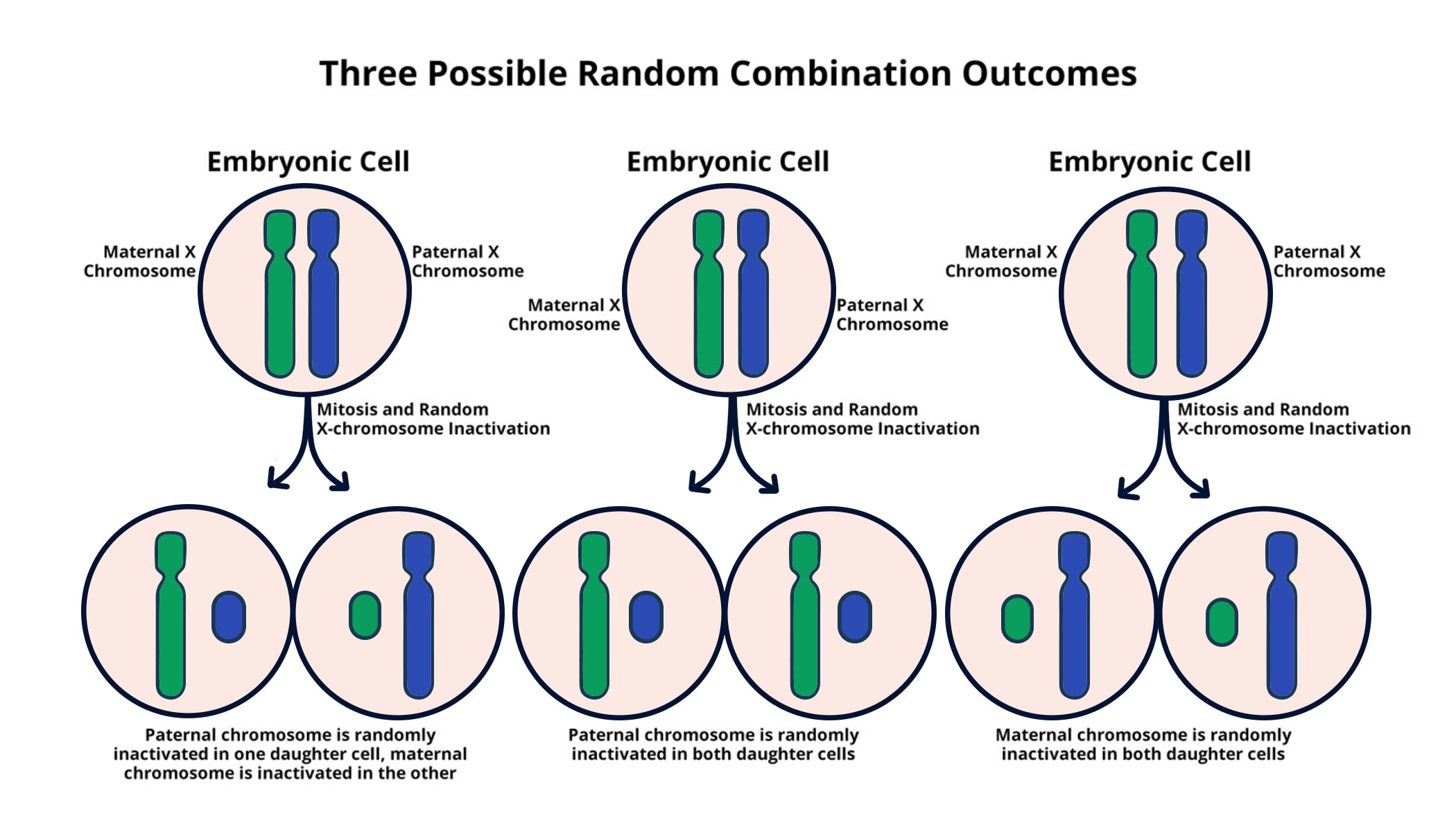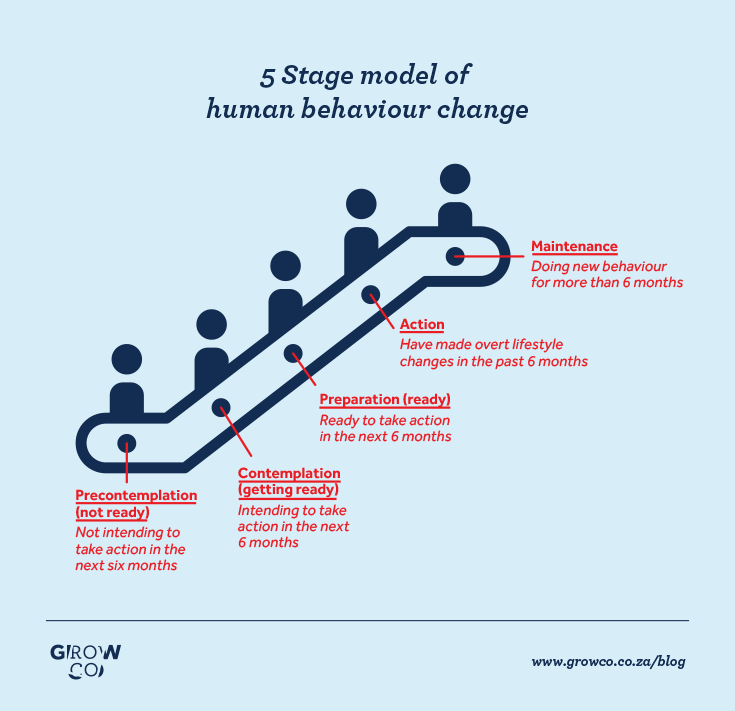The emergence of the topological qubit marks a significant milestone in the realm of quantum computing, potentially paving the way for more stable and efficient ultrafast quantum computers. Developed by Microsoft, this innovative qubit technology aims to enhance the reliability and performance of quantum systems, elevating them beyond the capabilities of traditional supercomputers. Chetan Nayak, a prominent figure in the field, leads the efforts in harnessing these new qubits, which leverage unique topological properties to facilitate quantum error correction. This groundbreaking approach not only promises to accelerate computational capabilities but also addresses the challenges inherent in maintaining qubit stability. As advancements in quantum computing continue to unfold, the topological qubit emerges as a frontrunner in redefining the future of information processing and complex problem solving.
In the evolving landscape of quantum mechanics, the term ‘topological qubit’ refers to a revolutionary concept that combines the principles of quantum computing with advanced error correction techniques. These cutting-edge qubits operate within a unique framework that enhances their resilience against environmental disturbances, a common hurdle faced in conventional quantum systems. By utilizing a topological structure, this form of qubit offers the potential for unprecedented efficiency in computational processes. Chetan Nayak, associated with Microsoft, spearheads research into these novel qubit configurations, which could significantly change how ultrafast quantum computers are designed and operated. As we explore alternatives in information technology, topological qubits stand out as a promising avenue, opening new possibilities for robust quantum solutions.
The Importance of Topological Qubits in Quantum Computing
Topological qubits represent a significant leap within the quantum computing arena, primarily due to their inherent stability and robustness. Unlike traditional qubits that can easily lose their quantum information due to environmental disturbances, topological qubits are designed to be intrinsically resistant to such errors. By utilizing exotic states of matter and topological protection, this form of qubit can potentially minimize the need for complicated quantum error correction processes, thus streamlining the operational complexities associated with scaling quantum circuits. This innovation could result in the development of ultrafast quantum computers, which are capable of performing complex calculations at unprecedented speeds.
The creation of topological qubits, as pioneered by Microsoft under the guidance of notable researchers like Chetan Nayak, is expected to revolutionize the path forward in quantum computing. These qubits hold promise not only for improving computational efficiency but also for discovering new applications across various fields, including materials science and drug discovery. The potential for topological qubits to effectively orchestrate quantum states without the frailty associated with conventional qubits can position quantum computers as formidable tools in solving problems that were once deemed intractable.
Advancements in Ultrafast Quantum Computers
Ultrafast quantum computers represent the cutting edge of computational technology, promising capabilities that outstrip conventional supercomputers. These machines utilize the principles of quantum mechanics to process information in ways that classical bits cannot, such as through the phenomenon of superposition and entanglement. With the introduction of stable qubits like the topological qubit from Microsoft, researchers are confident that the next generation of quantum computers will harness speed and efficiency to solve complex problems, including optimization tasks and simulations of quantum systems, far better than existing technology. This leap forward could ultimately revolutionize industries ranging from pharmaceuticals to finance.
The potential applications of ultrafast quantum computing are vast. For instance, they could facilitate the simulation of new materials with unique properties by allowing scientists to model complex molecular interactions. This could lead to breakthroughs in developing new catalysts, high-temperature superconductors, or even novel forms of energy storage. As researchers continue to push the boundaries of quantum computing technologies, the dream of integrating these ultrafast quantum capabilities into everyday applications appears increasingly achievable.
The Role of Quantum Error Correction
Quantum error correction is a critical component in developing reliable quantum computing systems. Traditional qubits are susceptible to errors due to decoherence and operational noise, which can lead to catastrophic computation failures. Implementing quantum error correction strategies is crucial to ensure that quantum computations yield accurate results. The innovative approach of using topological qubits can potentially reduce the number of physical qubits required for effective error correction, as their inherent stability provides a more resilient base for encoding and processing quantum information.
Current quantum error correction techniques, while effective to a degree, involve substantial overhead in terms of resource utilization. With topological qubits, researchers aspire to minimize this overhead, leading to more efficient designs of quantum circuits. As the field of quantum computing evolves, a greater emphasis on error-correcting codes optimized for topological qubits will be vital in realizing the full potential of quantum technologies, paving the way for more robust quantum computers capable of tackling real-world problems.
Chetan Nayak’s Contributions to Quantum Computing
As a noted figure in the field of quantum computing, Chetan Nayak has played an instrumental role in advancing our understanding and implementation of topological qubits. His collaborative efforts at Microsoft have involved merging theoretical physics with practical engineering to develop a new class of qubits that are expected to dramatically improve the stability and fidelity of quantum computations. Nayak’s extensive experience and unique perspective from his academic background at prestigious institutions inform his approach to tackling the complex challenges inherent in quantum computing.
Nayak’s focus on materials science within the context of topological qubits is particularly significant, as this field heavily influences the performance of qubits under practical operating conditions. His commitment to integrating advanced semiconductor properties with superconducting elements marks a transformative step toward achieving large-scale, fault-tolerant quantum computing systems. With a vision of developing a million-qubit quantum computer, Nayak’s work is not just groundbreaking; it is essential for the field’s progression into practical, widespread application.
Materials Science Innovations in Quantum Computing
Advancements in materials science are closely linked to the progress of quantum computing technologies. The intersection of superconductors and semiconductors results in novel materials essential for constructing robust qubits. Researchers are exploring different combinations to create materials that retain quantum coherence while minimizing external interference. This groundwork is critical for realizing the theoretical promises of quantum computation, particularly with the deployment of topological qubits that demand finely-tuned material properties.
By leveraging the unique properties of materials such as indium arsenide and aluminum, researchers like Chetan Nayak are forging pathways toward more stable quantum devices. This evolution in materials paves the way for the successful fabrication of reliable quantum computers that can operate effectively at scale. As these materials undergo rigorous testing and optimization, the quantum computing community anticipates innovative breakthroughs that could further enhance computational capabilities well into the future.
Exploring the Future of Quantum Computers
The future of quantum computing is bright, particularly with the growing momentum behind topological qubits. As researchers continue to refine their designs and explore new applications, the insights gained from these explorations may yield entirely new computing paradigms. One of the most immediate goals within the quantum computing community is to achieve systems that can effectively solve practical problems across various domains, from cryptography to materials science.
With the commitment of industry leaders like Microsoft to invest in quantum research, the pace of innovation is set to accelerate. This indicates that ultrafast quantum computers, equipped with stable qubits and efficient error correction mechanisms, will soon cross the threshold from experimental systems to functional machines that support advanced scientific research and commercial applications. As the community comes together to address the remaining challenges in quantum hardware and software, we can anticipate an era defined by quantum-enhanced capabilities.
Skepticism and Validation in Quantum Research
Skepticism is a vital aspect of scientific development, particularly within cutting-edge research areas like quantum computing. As teams such as Chetan Nayak’s present new findings, the scientific community often approaches them with cautious optimism, requiring robust validation before widespread acceptance. This scrutiny helps ensure that substantial claims are supported by reproducible results and peer-reviewed studies, fostering a culture of high standards in quantum research that ultimately benefits the field.
Addressing skepticism involves transparent communication of research methodologies, data analysis, and results amongst both peers and the public. Through conferences, seminars, and publication platforms, researchers have the opportunity to clarify findings and demonstrate their implications. Ongoing discourse around quantum concepts will nurture a deeper appreciation of the technology’s potential, while fostering respect for the complexities involved in developing stable quantum systems, including topological qubits, which are at the forefront of this transformative scientific endeavor.
The Path to a Million-Qubit Quantum Computer
Realizing a million-qubit quantum computer represents a monumental goal for researchers like Chetan Nayak and his team at Microsoft. Achieving this level of scalability is not merely an incremental challenge; it will demand revolutionary advancements in both hardware and software architectures. The journey entails not only enhancing the performance and stability of qubits but also finding innovative methods to interconnect and control such large systems without introducing significant errors or inefficiencies.
The vision of a million-qubit quantum computer becomes achievable with the continued exploration and optimization of topological qubits. By overcoming the challenges of qubit interconnectivity and error mitigation, researchers are setting the groundwork for unprecedented advancements in computational capabilities. When realized, this technology could unlock solutions for complex industrial problems, fundamentally altering how we approach computational tasks and scientific research, propelling society into a new era of technological advancement.
The Role of Collaboration in Quantum Research
Collaboration is a cornerstone of advancements in quantum computing. The multifaceted nature of this field demands contributions from various disciplines, including physics, materials science, and computer engineering. By cultivating interdisciplinary partnerships, researchers can leverage differing areas of expertise to drive progress towards practical quantum technologies. Notable collaborations, like those spearheaded by Chetan Nayak at Microsoft, illustrate the synergy that emerges when brilliant minds come together to tackle complex challenges in the quantum space.
Future innovations will increasingly rely on teamwork and collaboration between academic institutions, private companies, and government research entities. These partnerships will expedite the development of robust quantum systems that meet the rigorous demands of practical applications, such as cryptography, logistics, and drug discovery. As researchers work together to refine topological qubit technologies and integrate findings across disciplines, the collective ambition to make quantum computing a ubiquitous tool in solving real-world issues will continue to grow.
Frequently Asked Questions
What is a topological qubit and how does it relate to quantum computing?
A topological qubit is a type of qubit designed to enhance stability and robustness in quantum computing. Unlike traditional qubits that may lose their superposition due to environmental interference, topological qubits are structured to minimize error rates, making them crucial for the advancement of ultrafast quantum computers. They leverage topological states of matter to encode information, which helps in performing quantum error correction effectively.
How does Microsoft’s topological qubit differ from conventional qubits?
Microsoft’s topological qubit differs from conventional qubits in that it is based on a unique hybrid of semiconductor and superconductor materials, such as indium arsenide and aluminum. This structure offers improved resilience against errors and decoherence, thereby increasing the potential for long-term stability and scalability in quantum computing.
What potential advantages do topological qubits offer for quantum error correction?
Topological qubits provide significant advantages for quantum error correction because their inherent stability reduces the frequency of errors that require correction. Their design allows for efficient encoding of information in a way that minimizes the risk of qubit instability, making them a vital component for developing reliable ultrafast quantum computers.
Who is Chetan Nayak and what role did he play in the development of Microsoft’s topological qubit?
Chetan Nayak is a Microsoft technical fellow and a professor at the University of California, Santa Barbara. He has led research for nearly two decades on topological qubits, aiming to create a more robust form of qubit technology that can revolutionize quantum computing by enhancing stability and improving error correction capabilities.
What are the implications of topological qubits for the future of ultra-fast quantum computers?
The implications of topological qubits for the future of ultrafast quantum computers are profound. Their robustness enables the handling of complex computations much faster than traditional supercomputers. This advancement could lead to breakthroughs in various fields, allowing quantum computers to solve problems previously deemed intractable, thus pushing the boundaries of science and technology.
How are topological qubits expected to impact the performance of future quantum computers?
Topological qubits are expected to significantly impact the performance of future quantum computers by providing enhanced error resilience and stability. This means computations can be carried out with greater accuracy and reliability, ultimately enabling quantum computers to operate at unprecedented speeds and tackle complex problems in chemistry, material science, and more.
What challenges were faced in the development of Microsoft’s topological qubits?
The development of Microsoft’s topological qubits involved substantial challenges, including finding suitable materials that combined superconducting and semiconducting properties while minimizing impurities. Researchers also needed to define and simulate the conditions required for the new state of matter essential for topological qubits, a task that demanded innovative approaches and custom simulations.
When can we expect to see large-scale quantum computers powered by topological qubits?
While the ultimate goal is to develop a million-qubit quantum computer powered by topological qubits, significant advancements are still needed. Researchers are currently working towards increasing the number of qubits and improving fault tolerance, and although timelines are ambitious, actual large-scale deployment remains a challenge that may take several years.
What makes topological qubits a promising area for future research in quantum computing?
Topological qubits are a promising area for future research in quantum computing due to their potential to provide a more stable and reliable qubit system. Their design allows for enhanced quantum error correction and reduced decoherence, which are critical for the scalability and practical application of quantum computers in solving complex, real-world problems.
How does the concept of superposition relate to the functioning of topological qubits?
Superposition is a fundamental principle of quantum mechanics that allows qubits, including topological qubits, to exist in multiple states simultaneously. This feature enables quantum computers to process vast amounts of data more efficiently than classical computers. Topological qubits utilize superposition in a way that is less susceptible to environmental disturbances, enhancing their operational capabilities.
| Key Point | Details |
|---|---|
| What is a Topological Qubit? | A qubit that offers increased stability and robustness compared to traditional qubits. |
| Significance of Discovery | Microsoft claims it can reliably operate quantum computers, enhancing ultrafast computing abilities. |
| Construction Material | Made of indium arsenide and aluminum, which act as superconductors at low temperatures. |
| Comparison to Regular Qubits | Standard qubits can lose their superposition rapidly; topological qubits aim to stabilize this state. |
| Future Goals | To build a million-qubit quantum computer to solve complex computational tasks. |
| Development Challenges | Similar to early classical computing, significant research is needed to understand material properties. |
| Upcoming Publications | Microsoft plans to release findings at the upcoming American Physical Society Global Summit. |
Summary
Topological qubit technology represents a significant advancement in quantum computing. By enhancing the stability and robustness of qubits, researchers like Chetan Nayak at Microsoft are paving the way for ultrafast quantum computers capable of tackling complex problems beyond the limits of traditional computing. The development and impending implementation of topological qubits could revolutionize the field, providing solutions for challenging computational tasks in various scientific areas.



